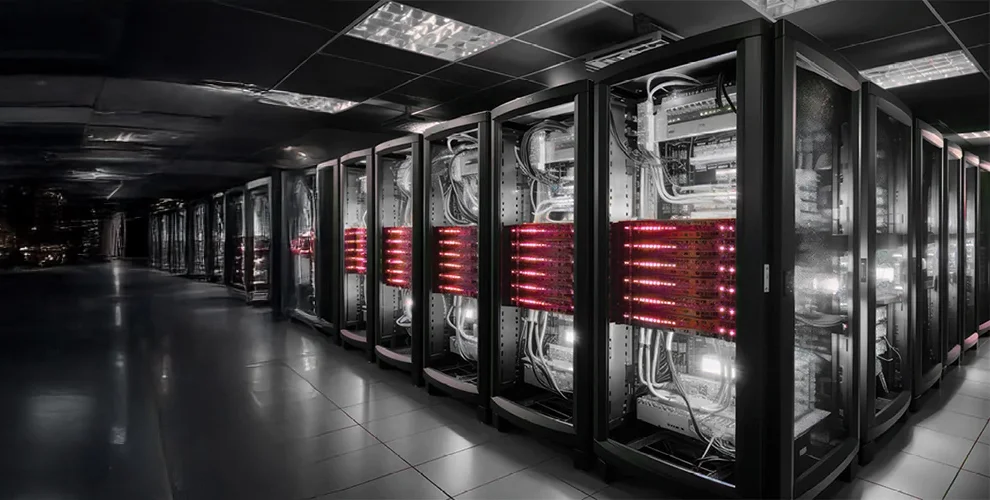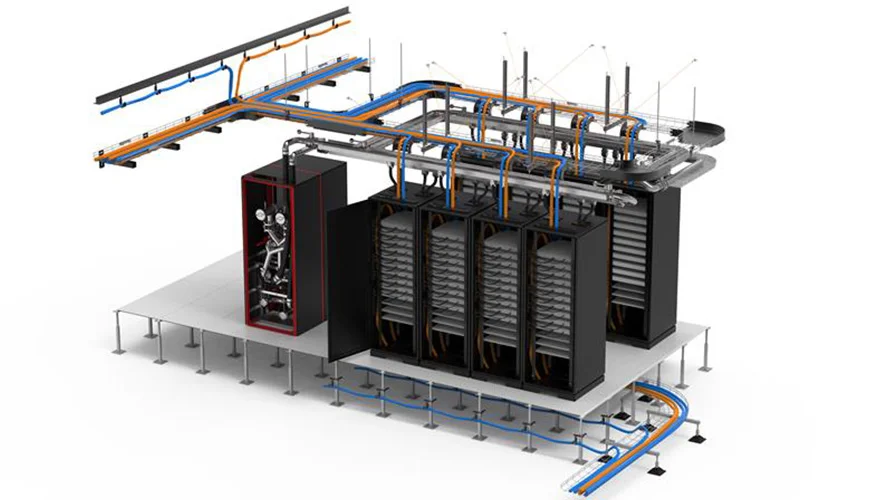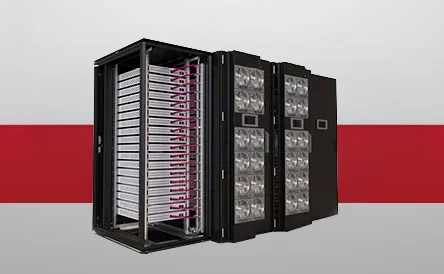Data Center Protection Enhancing Performance and Reducing Risks
As the world’s need for digital solutions accelerates, data centers are under more pressure than ever to deliver uninterrupted performance. From AI-driven workloads to the exponential growth in data consumption, modern data center infrastructure must be both powerful and resilient. Safety and performance go hand in hand—and that starts with a smarter approach to electrical protection.
Grounding is the foundation of electrical safety in any data center. Grounding systems protect people, equipment and data. Proper grounding provides a safe path for unwanted electrical energy to flow into the earth, especially during events like lightning strikes or power surges. Without proper grounding, energy can travel through sensitive equipment or pose dangers to people, leading to catastrophic outcomes. Grounding also plays a critical role in maintaining signal integrity by reducing electrical noise that can corrupt data and disrupt operations.
The stakes are even higher as power density increases. Modern server racks, especially those supporting AI applications, are now consuming more than 100 kilowatts per rack. This increased power introduces new risks, including higher fault currents and increased heat generation.
Improper grounding remains one of the most overlooked yet dangerous issues in data centers. A single disconnected ground wire can turn a minor power event into a crisis. Without a proper grounding grid, energy from a surge may overwhelm a single point of contact, cascading through systems and causing widespread damage. The consequences can include data loss and equipment failure. Grounding must be designed as a complete, interconnected system that provides multiple safe paths into the earth.
Heat is another silent threat. Early warning signs of heat buildup include burning smells, abnormal fan noise or unexpected shutdowns. These symptoms often point to underlying electrical issues that, if left unchecked, can lead to melted conductors or arc flash events. Instead of relying on these warning signs, installing nVent monitoring equipment can prevent these shutdowns before it’s too late. Proactive monitoring and maintenance are essential to keeping systems safe and efficient.
Shielding and surge protection are equally vital. Shielding defends against electromagnetic interference, while surge protection and power filtering guard against damaging power spikes. Together with grounding, these elements form a layered defense strategy that maximizes uptime and protects critical assets. At nVent, we offer industry-leading surge protection solutions with advanced filtering capabilities, designed specifically for mission-critical applications.
Airflow management is one of the simplest yet most effective ways to enhance both energy efficiency and electrical safety. Proper airflow reduces overheating, the strain on cooling systems and the risk of electrical faults. There are some simple solutions that can make a significant difference including blanking panels and organized cable routing. Whether using hot or cold aisle containment, the goal is to keep hot and cold air separated and directed where it’s needed most.
Ultimately, the cost of downtime, data loss or equipment failure outweighs the investment in proper protection. At nVent, we have more than 20 years of data center experience. We provide innovative infrastructure solutions designed for optimized performance and total cost of ownership.


